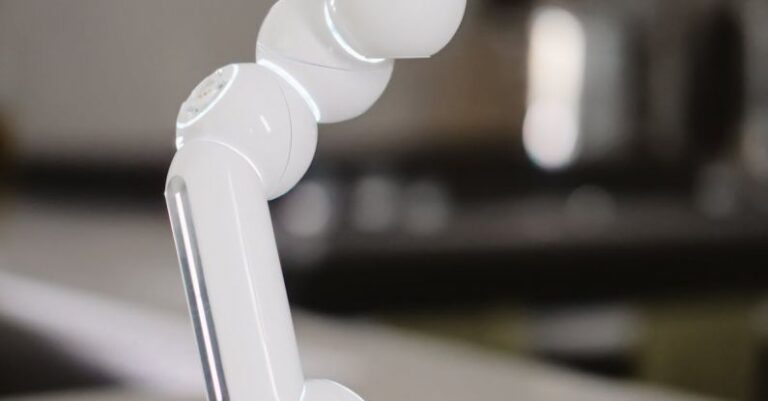
Robotics has come a long way in recent years, with advancements in technology leading to more sophisticated and versatile robots. One area that has seen significant progress is in the field of RC robotics. RC, standing for remote control, allows for robots to be controlled from a distance, opening up a world of possibilities for various applications. In this article, we will explore the latest innovations in RC robotics that are revolutionizing the way we interact with robots.
### Miniature RC Robots
One of the most exciting developments in RC robotics is the rise of miniature robots. These tiny robots are equipped with advanced sensors and technology that allow them to perform a wide range of tasks. From navigating through tight spaces to delivering small objects, miniature RC robots are proving to be invaluable in various industries. Their small size also makes them ideal for research purposes, as they can access areas that are difficult for larger robots to reach.
### AI Integration
Artificial intelligence (AI) has been a game-changer in the field of robotics, and its integration into RC robots is no exception. AI-powered RC robots are capable of learning from their environment and adapting their behavior accordingly. This allows them to perform tasks more efficiently and autonomously, reducing the need for constant human intervention. AI integration also enables RC robots to make decisions in real-time, making them more responsive and versatile.
### Swarming Technology
Swarming technology involves the coordination of multiple robots to work together towards a common goal. In the realm of RC robotics, swarming technology is being used to create fleets of robots that can collaborate on complex tasks. These robots communicate with each other to share information and coordinate their actions, allowing them to achieve tasks that would be impossible for a single robot to accomplish. Swarming technology is revolutionizing industries such as agriculture, search and rescue, and surveillance.
### Modular Design
Modular design is another innovation that is making waves in the world of RC robotics. This approach involves creating robots that are made up of interchangeable modules, allowing for easy customization and upgrades. With modular design, users can easily swap out components to adapt their robots to different tasks or environments. This flexibility makes RC robots more versatile and cost-effective, as they can be easily reconfigured to meet changing needs.
### Haptic Feedback
Haptic feedback technology is being incorporated into RC robots to provide users with a more immersive and intuitive control experience. By simulating the sense of touch, haptic feedback allows operators to feel the texture and resistance of objects their robots interact with. This technology enhances the precision and control of RC robots, making them easier to operate in complex environments. Haptic feedback is particularly useful in applications such as teleoperation and virtual reality simulations.
### Energy-Efficient Systems
As the demand for sustainable technologies grows, energy-efficient systems are becoming a key focus in the development of RC robots. Innovations such as low-power sensors, lightweight materials, and efficient propulsion systems are being integrated into RC robots to reduce energy consumption and extend battery life. These energy-efficient systems not only benefit the environment but also improve the overall performance and longevity of RC robots.
### Collaborative Robots
Collaborative robots, also known as cobots, are designed to work alongside humans in a shared workspace. In the realm of RC robotics, collaborative robots are being developed to assist with tasks that require human dexterity and decision-making skills. These robots are equipped with sensors and safety features that allow them to operate safely around humans. Collaborative robots have the potential to revolutionize industries such as manufacturing, healthcare, and logistics by enhancing productivity and safety.
In conclusion, the latest innovations in RC robotics are pushing the boundaries of what is possible with remote-controlled robots. From miniature robots to AI integration, swarming technology to haptic feedback, these advancements are revolutionizing the way we interact with robots in various industries. With a focus on modularity, energy efficiency, and collaboration, RC robots are becoming more versatile, efficient, and user-friendly than ever before. The future of RC robotics is bright, with endless possibilities for innovation and growth.





